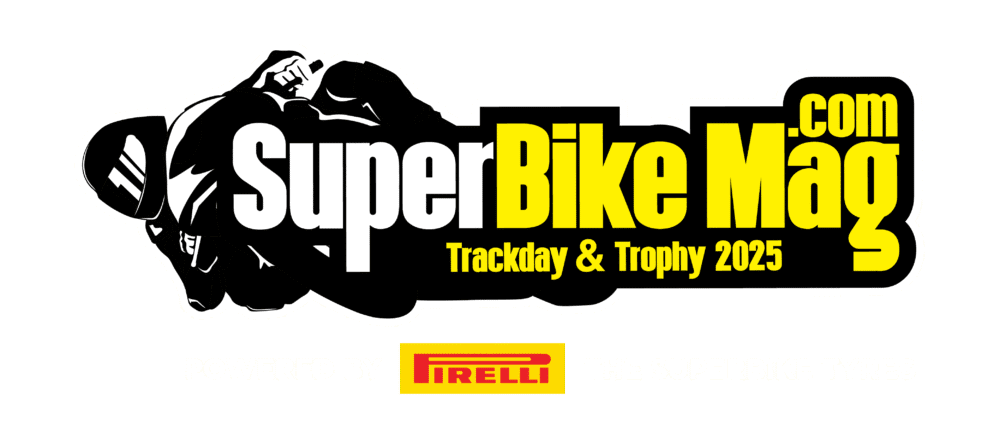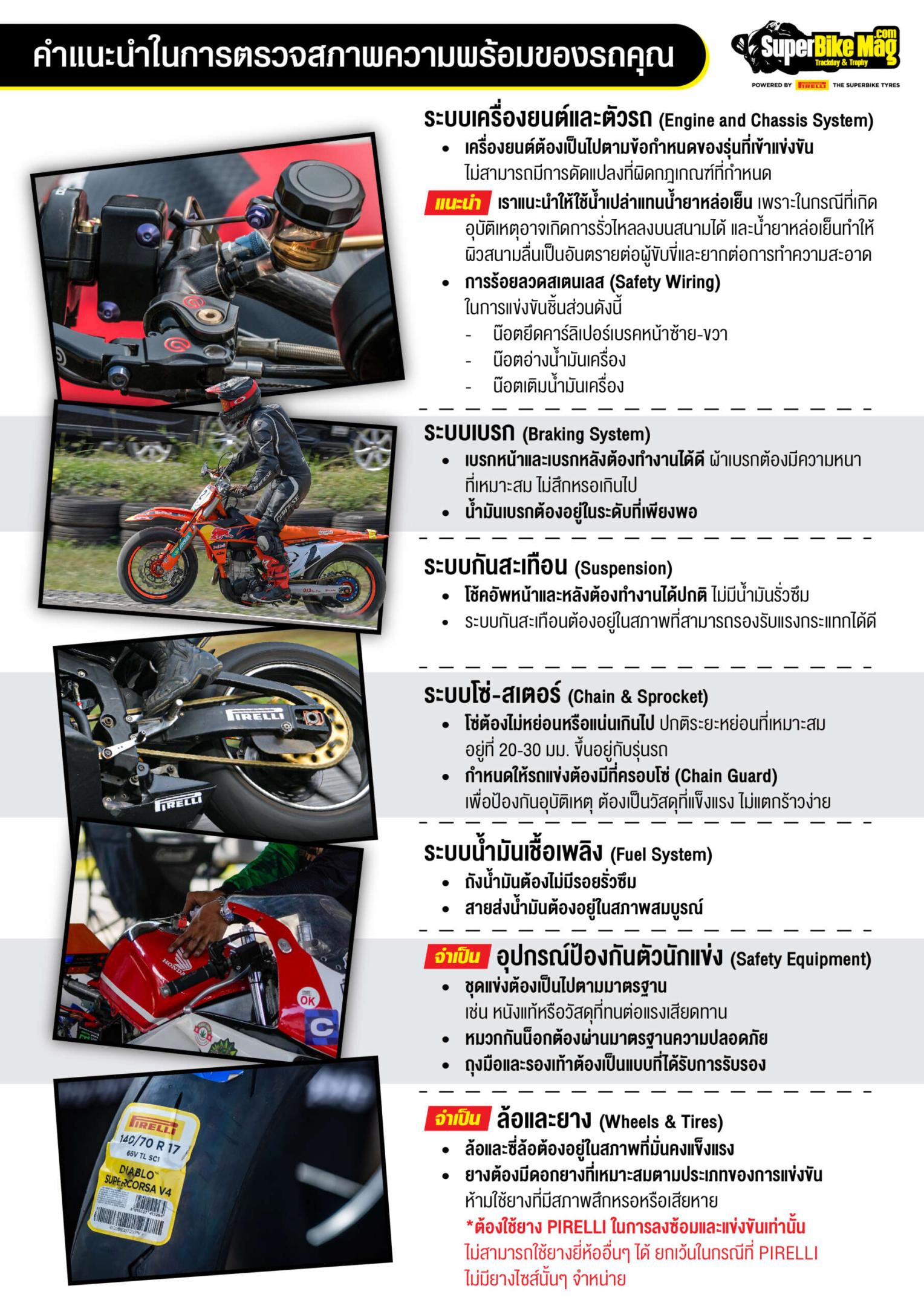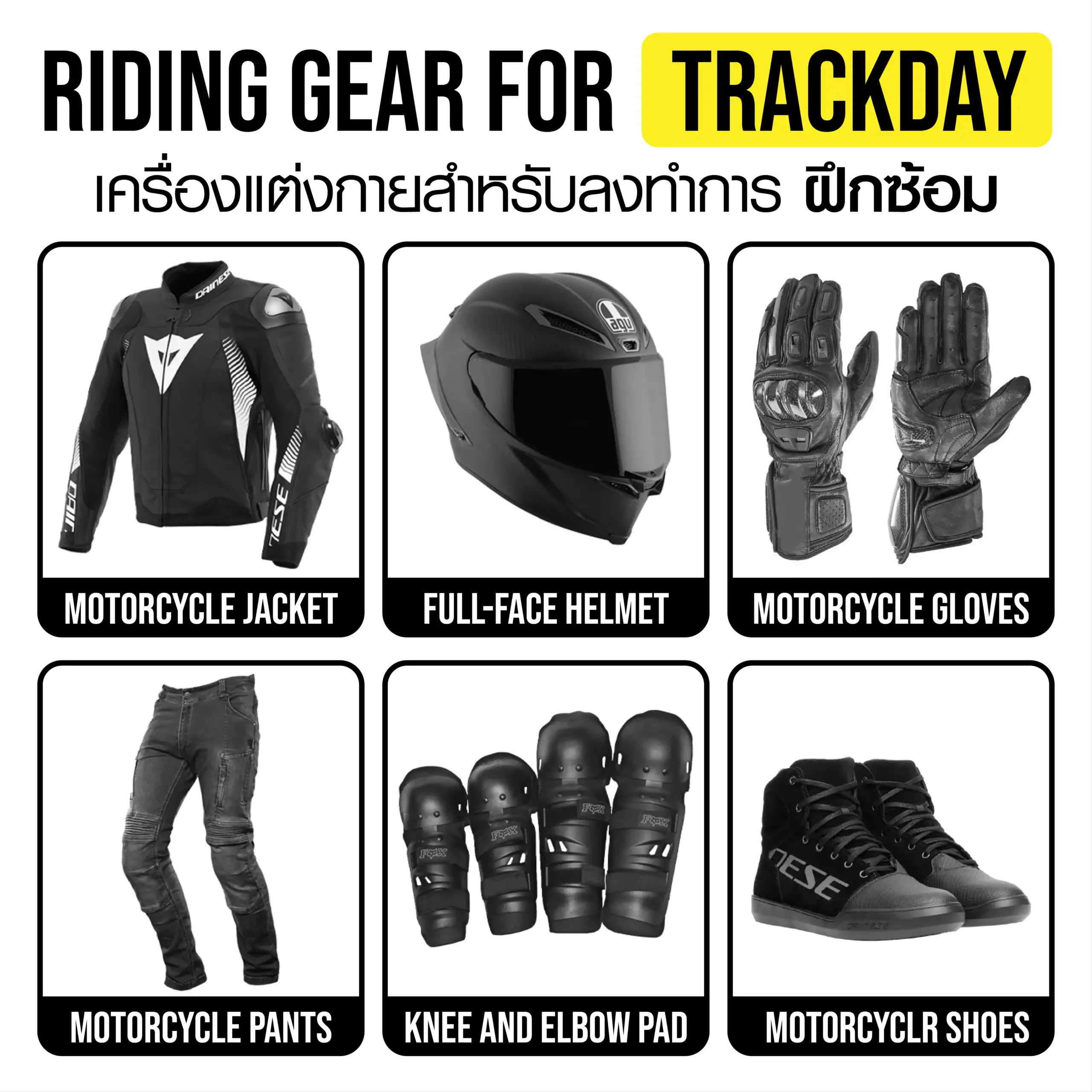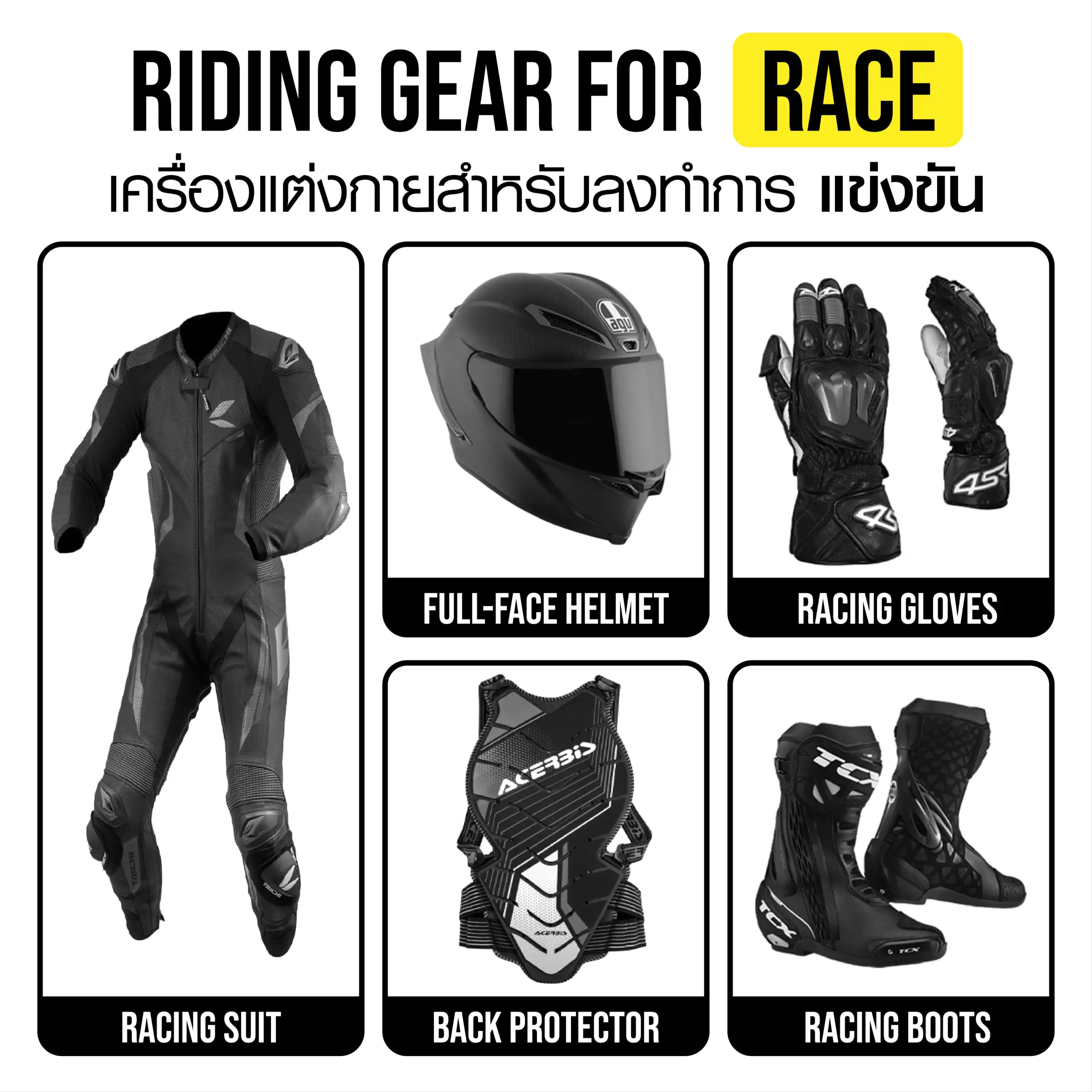SuperbikeMag.com Trophy 2025
Preparation
Winning Prize
Trackday Rules and Regulations
Engine and Chassis System
It must comply with the specifications of the model being raced.
Modifications that violate the specified rules are not allowed.
We recommend using plain water instead of coolant, as in the event of an accident, coolant may leak onto the track. Coolant can make the track slippery, which is dangerous for drivers and difficult to clean.The following parts must be safety-wired for the race:
Left and right front brake calipermounting bolts
Oil sump bolts
Engine oil filler bolts
Braking System
- The front and rear brakes must function properly.
- The brake pads must have an appropriate thickness and not be excessively worn.
- The brake fluid must be at an adequate level.
Suspension
- The front and rear shock absorbers must be functioning properly with no oil leaks.
- The suspension system must be in good condition and capable of effectively absorbing impacts.
Chain and Sprocket System Before the Race
The chain should not be too loose or too tight.
The appropriate slack is usually 20-30 mm, depending on the motorcycle model.
Adjust the chain to be properly tensioned when a rider is on the bike.
Chain Guard It is required that the race bike has a chain guard to prevent accidents. The guard must be made of strong material that is not prone to cracking.
Fuel System
- The fuel tank must not have any leaks.
- The fuel lines must be in good condition.
Safety Equipment
- The racing gear must meet the required standards, such as being made from genuine leather or materials resistant to abrasion.
- The helmet must meet safety standards.
- The gloves and boots must be of certified types.
Wheels & Tires
- The tires must have appropriate tread patterns for the type of competition.
- Tires that are worn out or damaged are not allowed.
- The wheels and spokes must be in stable and strong condition.
- Only Pirelli tires are allowed for practice and racing. Tires from other brands are not permitted, except in cases where Pirelli does not have that tire size available for sale.
Other
The race number must be placed on the front of the bike.
It is not allowed to place the number in other areas where it may not be clearly visible. Only stickers and numbers provided by the event organizer can be used.
The bike cannot display stickers from tire brands other than Pirelli.
Only Pirelli tires are permitted for display.
The bike must not have any modified fairings that could cause collisions or pose a danger to others.
Selfie stick-style cameras are strictly prohibited if they extend beyond the bike.
Black tape must be applied to the front and rear lights to prevent the glass from shattering and to reduce glare that could disturb other competitors. This also helps avoid confusion regarding light signals.
An oil catch tray or a fairing without holes must be installed to prevent fluids such as engine oil, brake fluid, or other liquids from leaking onto the track.
Correct Method for Safety Wiring
- Use the appropriate size stainless steel wire.
Generally, use a size of 0.8 – 1.2 mm, depending on the size of the bolt. - Drill a hole in the bolt head or locknut (if there is no hole).
Some bolts may require an additional hole to allow for the safety wire. - Thread the wire in a direction that secures the bolt, not in a direction that could loosen it.
The wire should be pulled tight and wrapped in a direction that keeps the bolt in place. - Wrap the wire 2-3 times and twist it for added strength.
Use safety wire pliers to tighten and secure the wire neatly. - Check the strength of the safety wire before racing.
The wire should not be loose or at risk of coming off the bolt.
Penalties for Failing the Inspection
If the vehicle fails the inspection, penalties will vary depending on the severity of the issue, such as:
⚠ Fix Before the Race – If it’s a minor issue, the racer may be given the opportunity to fix it and have it re-inspected.
❌ Disqualification – If a serious violation is found, such as illegal engine modifications.
🚫 Fines or Additional Penalties – This may include point deductions, fines, or being banned from future races.
The safety equipment regulations
- The safety equipment regulations
- Helmet
- Full-face helmets are mandatory.
- Helmets must comply with FIM helmet standards, such as ECE 22.05, Snell M2010/M2015, JIS T 8133, or other recognized safety certifications.
- Helmets must have a double D-ring fastening system.
- The helmet must have a visor for protection against debris and provide clear visibility.
- Helmets are subjected to random inspections for safety compliance.
- Leather Racing Suit
- Riders must wear a one-piece leather suit that covers the entire body, providing abrasion resistance and impact protection.
- Suits should be made from leather or high-performance synthetic materials.
- The suit must have additional armor padding in key areas like the knees, elbows, shoulders, hips, and back.
- Gloves
- Gloves must cover the entire hand and wrist.
- They should be made of durable materials like leather, with reinforced protection on the knuckles, fingers, and palms.
- Gloves must be flexible enough for precise control while offering maximum protection.
- Boots
- Boots must provide ankle, shin, and toe protection and be high enough to cover and support the ankle.
- The boots should be made from abrasion-resistant materials and offer reinforcements around vulnerable areas, such as the heel and toe box.
- Non-slip soles and a secure fastening system are required for maintaining grip and stability during riding.
- Back and Chest Protectors
- Riders must wear a back protector that complies with safety standard to protect the spine during crashes.
- A chest also required to protect against front impacts. These protectors can be integrated into the suit or worn separately, but they must pass FIM technical inspection.
- Equipment Maintenance and Inspection
- All safety gear, including helmets, suits, gloves, and boots, undergoes pre-race inspection to ensure they comply with safety standards.
- Damaged or non-compliant gear is not permitted, and riders must replace or repair their equipment before being allowed to race.
Require Racing Gear
- One piece leather suit, or two piece with zip linkage with lether pants
- Knee & legs protetion pads
- Back & Spine protector (Must)
- Helmet




